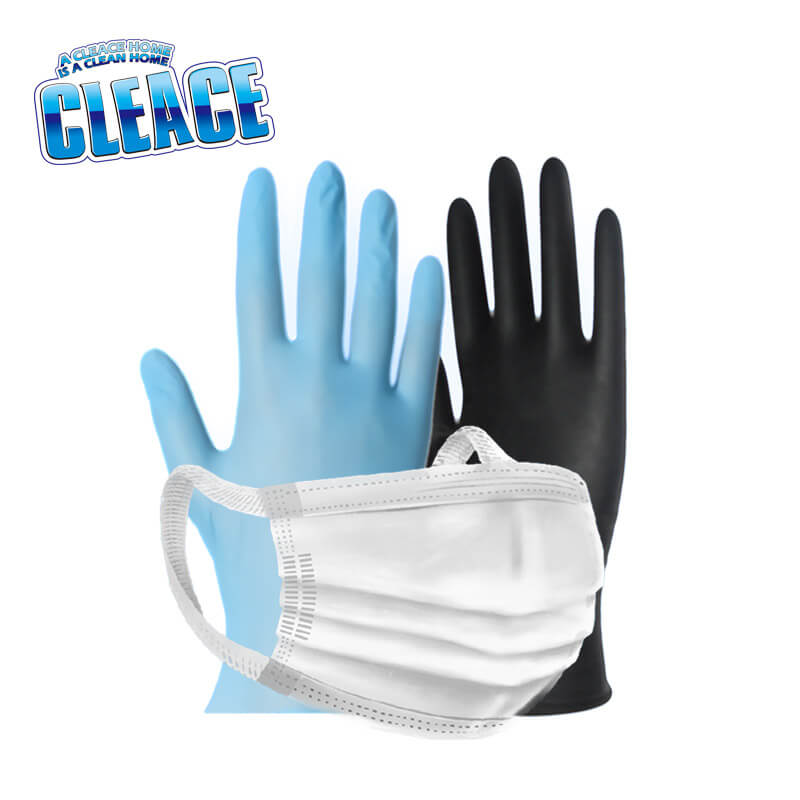washing powder, also known as laundry detergent, is primarily designed for cleaning and removing dirt, stains, and odors from fabrics. While washing powder may have some antimicrobial properties, it is not specifically formulated for disinfection purposes. Here's some information regarding the disinfection effect of washing powder:
1. Cleaning vs. Disinfection: Washing powder's main function is to clean and remove dirt, stains, and oils from fabrics. It contains surfactants and enzymes that help break down and remove these substances during the washing process. Disinfection, on the other hand, involves the elimination or inactivation of specific microorganisms, such as bacteria and viruses, to reduce their presence on surfaces.
2. Antimicrobial Properties: Washing powders may have some antimicrobial properties due to the presence of certain ingredients, such as enzymes or surfactants. These ingredients can help inhibit the growth of some microorganisms to a certain extent. However, the antimicrobial effects of washing powder are generally not as potent or targeted as those of dedicated disinfectants.
3. Insufficient Concentration and Contact Time: Washing powder is typically diluted in water during the washing process, and the concentration of active ingredients may not be sufficient to achieve effective disinfection. Additionally, the contact time of washing powder with fabrics is relatively short compared to the recommended contact time for disinfectants, which is usually several minutes.
4. Temperature Considerations: Disinfection often requires higher temperatures to be effective against certain microorganisms. However, washing powders are commonly used at lower temperatures, such as in cold or warm water, to protect fabrics and save energy. Lower temperatures may not provide the necessary conditions for effective disinfection.
If disinfection is a priority, it is recommended to use dedicated disinfectants or sanitizers that are specifically formulated and tested for that purpose. These products are designed to meet specific efficacy standards and can provide a higher level of microbial reduction when used as directed.
It's important to note that proper cleaning and hygiene practices, including washing clothes at appropriate temperatures and ensuring thorough drying, can help reduce the presence of microorganisms on fabrics. Regular washing with washing powder can help maintain cleanliness and freshness, but it may not achieve the same level of disinfection as dedicated disinfectants.
Washing powder and its disinfection effect:
1. Surfactants and Enzymes: Washing powders contain surfactants and enzymes that help break down and remove various types of stains, dirt, and oils from fabrics. While these ingredients can have some antimicrobial properties, their primary function is to aid in the cleaning process rather than providing targeted disinfection.
2. Effectiveness Against Microorganisms: Washing powders can help remove some microorganisms from fabrics, particularly those that are loosely attached, such as bacteria, fungi, and viruses. The mechanical action of washing, combined with the detergent's surfactants, can help dislodge and wash away these microorganisms. However, the level of microbial reduction achieved by washing powder may not be as high as that of dedicated disinfectants.
3. Temperature and Contact Time: Washing powders are commonly used at lower temperatures, such as in cold or warm water, to protect fabrics and save energy. While washing at higher temperatures can enhance the antimicrobial effect, it may not be suitable for all fabrics or garments. Additionally, the contact time of washing powder with fabrics is relatively short compared to the recommended contact time for disinfectants, which is usually several minutes or longer.
4. Hygiene and Cleanliness: While washing powder may not provide high-level disinfection, it plays an essential role in maintaining general hygiene and cleanliness. Regular washing of clothes with washing powder helps remove dirt, sweat, body oils, and other organic matter that can harbor potential microorganisms. This can contribute to overall cleanliness and reduce the risk of microbial contamination.
5. Combination with Disinfectants: If disinfection is desired, it is generally recommended to use a dedicated disinfectant in addition to washing powder. This is particularly important in situations where there is a specific concern about pathogens or when dealing with contaminated items such as those used by sick individuals or in healthcare settings. Using a disinfectant according to its instructions can provide a higher level of microbial reduction and targeted disinfection.
Remember to always follow the instructions on the washing powder packaging, including recommended dosages, water temperature, and cycle settings. Additionally, for situations requiring disinfection, it is important to use disinfectants that are specifically formulated and approved for the intended purpose, following their usage instructions and recommended contact times.
Maintaining good hygiene practices, such as regular washing of clothes, proper hand hygiene, and clean living environments, can help minimize the risk of microbial contamination and promote overall cleanliness.









CONTACT US NOW!
If you did not receive our reply within 24 hours, please send to our email s@aogrand.com, or call +86-13002502658 directly.